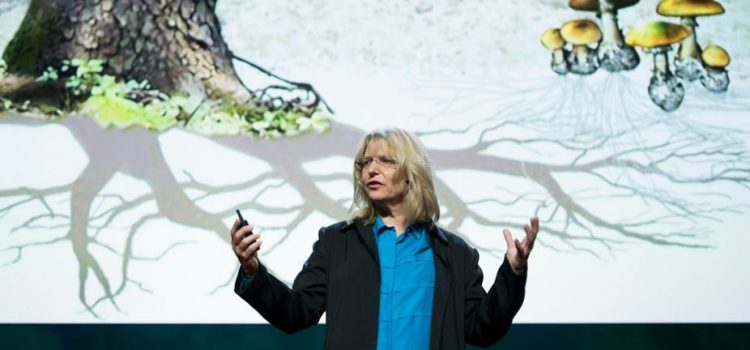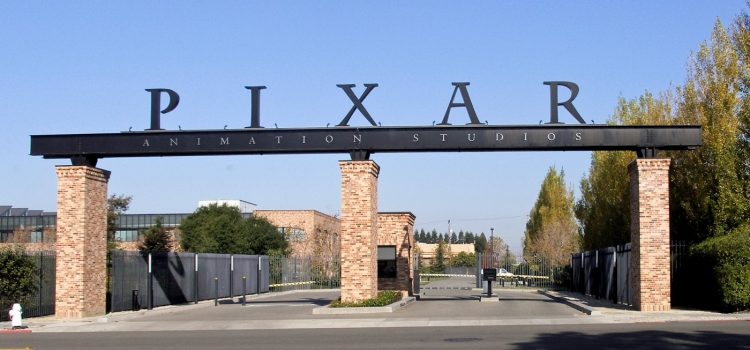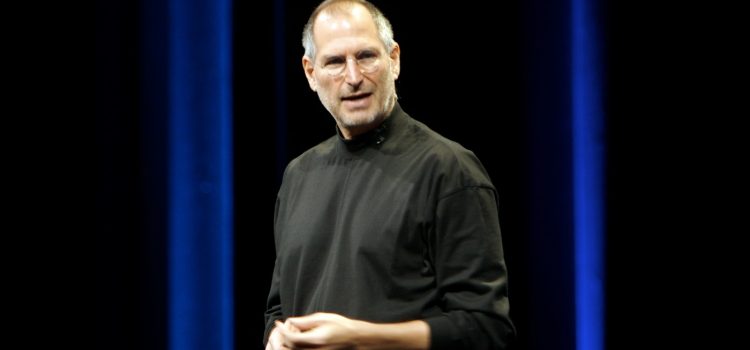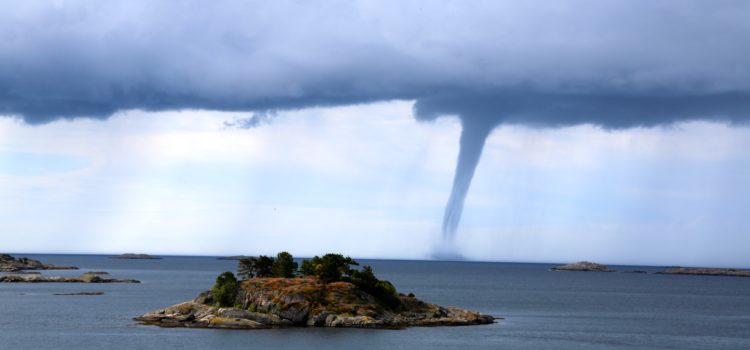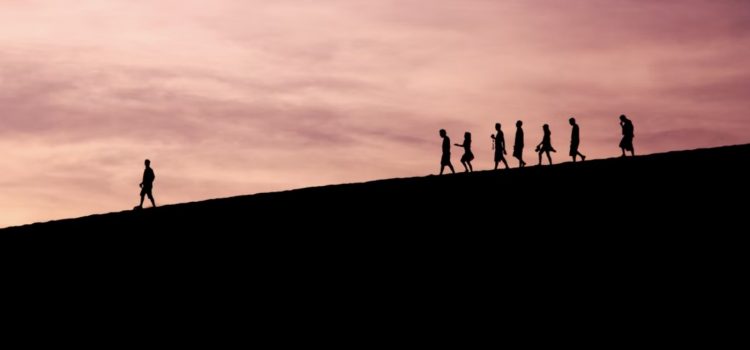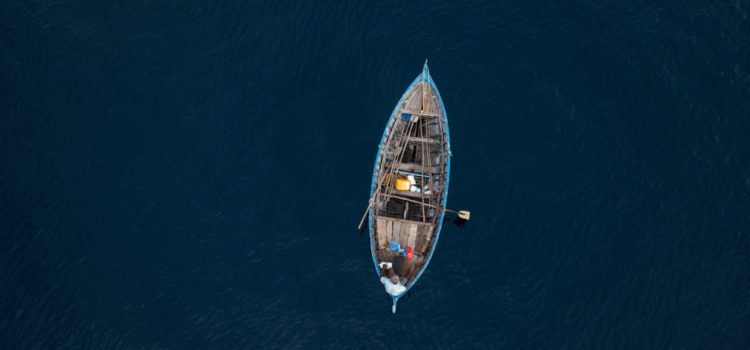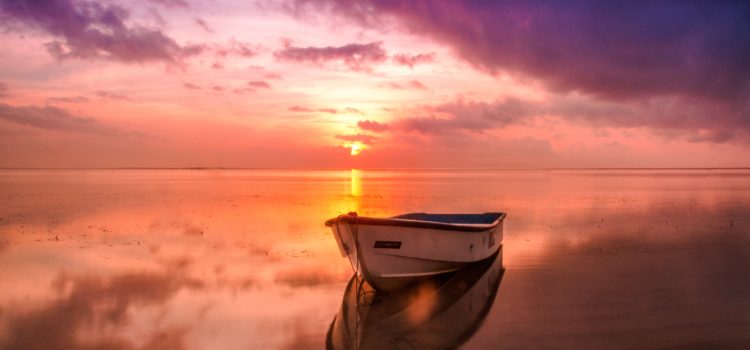How did Dr. Suzanne Simard overcome gender discrimination in her career? How did her gender slow down her research? Dr. Suzanne Simard (author of Finding the Mother Tree), who grew up in a logging family in British Columbia and earned a Ph.D. in forest sciences in 1997, is a pioneer in the research of the cooperative relationships among plant life. But many of her coworkers and colleagues opposed her research because she’s a woman. Learn how Dr. Suzanne Simard proved her coworkers wrong.
Dr. Suzanne Simard’s Battle as a Female Ecologist
